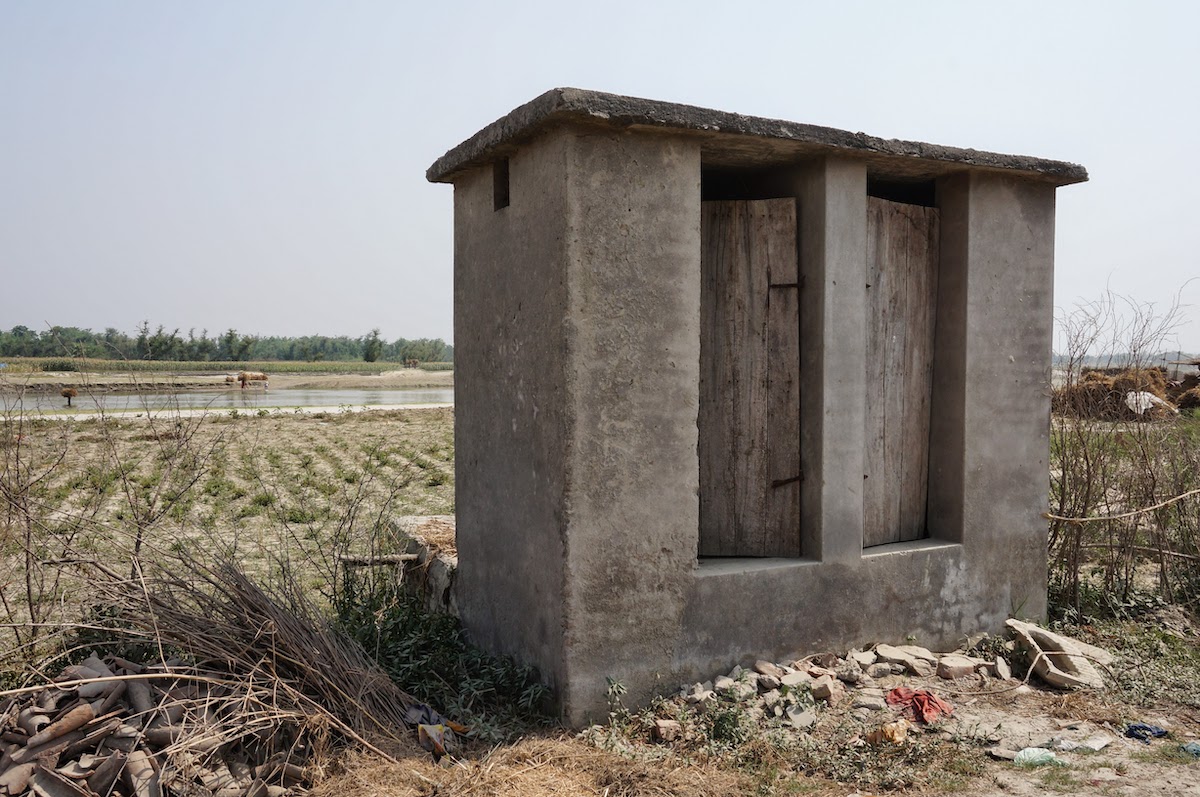- Authors: Diane Coffey, Dean Spears, Sangita Vyas
- Published in: Social Science & Medicine
- Download paper
Abstract
Open defecation, which is still practiced by about a billion people worldwide, is one of the most compelling examples of how place influences health in developing countries. Efforts by governments and development organizations to address the world's remaining open defecation would be greatly supported by a better understanding of why some people adopt latrines and others do not. We analyze the 2005 and 2012 rounds of the India Human Development Survey (IHDS), a nationally representative panel of households in India, the country which is home to 60% of the people worldwide who defecate in the open.
Among rural households that defecated in the open in 2005, we investigate what baseline properties and what changes over time are associated with switching to latrine use between 2005 and 2012. We find that households that are richer or better educated, that have certain demographic properties, or that improved their homes over this period were more likely to switch to using a latrine or toilet.
However, each of these effect sizes is small; overall switching to latrine use from open defecation is low; and no ready household-level mechanisms are available for sanitation programs to widely influence these factors. Our research adds to a growing consensus in the literature that the social context should not be overlooked when trying to understand and bring about change in sanitation behavior.

